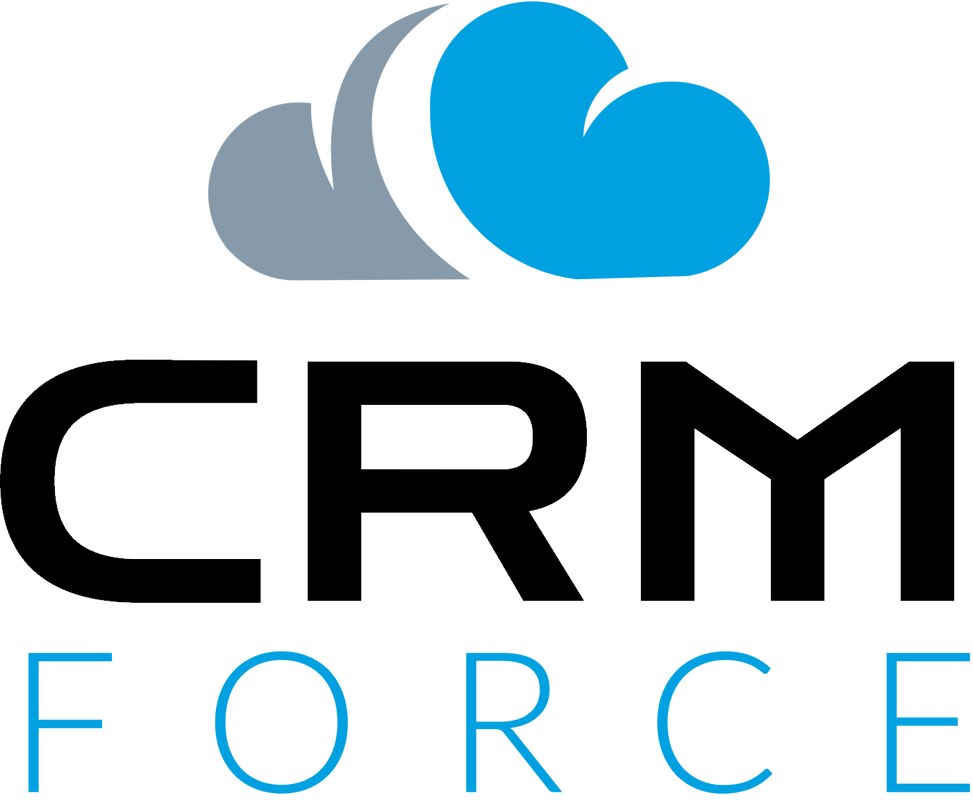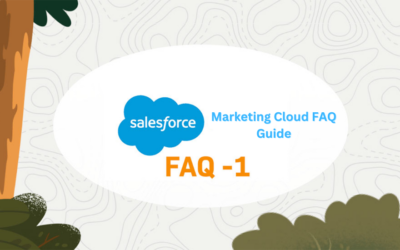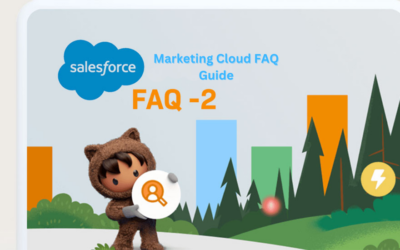In the contemporary landscape of business and employment, the adage “your people are your greatest asset” holds more truth than ever before. The heartbeat of a successful organization is its ability to consistently attract, select, and retain top-tier talent. However, this is not just a matter of filling job vacancies; it’s a strategic endeavor that requires meticulous planning, adaptability, and a comprehensive recruitment strategy. This strategy serves as the compass guiding your organization through the complex terrain of the job market, aiming not only to hire individuals with the right skills and qualifications but also to bring in those who seamlessly integrate into your company culture, share its values, and embrace its long-term vision.
In this in-depth guide, we embark on a journey through the intricate and dynamic process of crafting a compelling recruitment strategy. We will delve into the vital components that underpin the success of this strategy, from gaining a profound understanding of the competitive job market to setting clear, measurable goals and objectives. We will explore the art of building a strong employer brand, utilizing cutting-edge technology to streamline the process, and fostering diversity and inclusion. Whether you’re a burgeoning startup determined to make your mark or an established corporation keen on maintaining a competitive edge in the relentless talent landscape, this guide is designed to provide you with the insights and tools necessary to not only fill job positions but also nurture the growth and resilience of your organization in an ever-changing world. If you need assistance with Salesforce CRM setup and optimization, companies like CRM Force can provide valuable expertise and support.
1- Understanding the Importance of a Recruitment Strategy
a- Talent Scarcity and Competition
In the contemporary job market, the battle for top talent is intense. This scarcity of skilled professionals necessitates a well-structured recruitment strategy. Without one, you may find it challenging to attract, hire, and retain the most suitable candidates, as they have a plethora of options available to them.
b- Cost-Effective Hiring
A robust recruitment strategy isn’t only about hiring; it’s about hiring efficiently. Making ill-informed hiring choices can lead to costly turnover, as you may need to restart the recruitment process and invest resources in training new hires. By focusing on attracting the right candidates from the start, you can save your organization substantial time and money.
c- Company Culture Alignment
A compelling recruitment strategy ensures that you’re not merely hiring based on skills and experience but also on cultural fit. Employees who align with your company’s values, mission, and long-term vision are more likely to be engaged and motivated. This alignment leads to higher retention rates and increased overall productivity.
2- Setting Clear Goals and Objectives
a- Job Position and Role Clarity
Clearly defining the positions that need to be filled is the foundation of your recruitment strategy. Without this clarity, it’s challenging to source the right talent. Moreover, it’s essential to specify the roles and responsibilities associated with each job, ensuring that both candidates and hiring managers understand what’s expected.
b- Skills and Qualifications
Outlining the essential skills, qualifications, and experience required for each role is crucial. This ensures that you’re not attracting candidates who aren’t adequately qualified, which can lead to higher turnover and training costs.
c- Timeline and Budget
Setting a realistic timeline for your recruitment efforts is essential for effective planning. Factor in the time needed for sourcing candidates, conducting interviews, and onboarding new hires. Additionally, establishing a budget for recruitment costs, such as job postings and technology tools, helps you manage expenses.
d- Success Metrics
To measure the success of your recruitment strategy, it’s imperative to define key performance indicators (KPIs). Common KPIs include time-to-fill (how long it takes to fill a position), cost-per-hire (the expense of hiring per employee), and employee retention rates. Regularly tracking and analyzing these metrics provides a basis for data-driven improvements.
3- Building a Strong Employer Brand
a- Employee Testimonials
Encourage your current employees to share their stories and experiences working for your organization. Employee testimonials provide authenticity and can be compelling to potential candidates. These stories showcase career growth, job satisfaction, and the unique aspects of your company culture.
b- Online Presence
Utilize various online platforms to create a positive online presence. Your company website, social media, and employer review websites are valuable tools for showcasing your culture and job openings. They also provide an opportunity for current employees to share their positive experiences. Be vigilant about monitoring and addressing negative online feedback.
c- Showcase Company Values
Clearly communicate your company’s core values and how they guide your operations. Be transparent about your organization’s contributions to the community and industry. Demonstrating your values not only attracts like-minded candidates but also fosters trust among potential hires.
4- Leveraging Technology in Recruitment
a- Resume Screening
Employ artificial intelligence (AI) and machine learning tools to streamline resume screening. These tools quickly scan and filter through numerous resumes, identifying top candidates based on predefined criteria. They not only save time but also help reduce human bias in the initial candidate selection process.
b- Mobile-Friendly Career Portal
Today, many candidates search for jobs using their smartphones. Ensuring that your career portal is mobile-friendly is crucial for accessibility. A mobile-friendly platform enhances the candidate experience, making it easier for candidates to apply for positions and interact with your organization on mobile devices.
c- Video Interviews
Video interviews have become increasingly popular in modern recruitment. They are cost-effective, save time, and enable you to assess a candidate’s communication skills, body language, and personality more effectively than traditional phone interviews. They also make it easier to collaborate with geographically dispersed hiring teams.
5- Nurturing a Diverse and Inclusive Workforce
a- Inclusive Hiring Practices
Incorporate inclusive hiring practices that ensure your recruitment strategy welcomes candidates from diverse backgrounds. Review your job descriptions, language, and recruitment processes to identify and rectify potential biases that may discourage candidates from underrepresented groups.
b- Partnerships and Outreach
Collaborate with organizations and networks that promote diversity and inclusion. Partnering with universities, community groups, and industry associations can help you tap into diverse talent pools. These collaborations extend your reach and visibility among candidates from varied backgrounds.
c- Diversity in Leadership
Promote diversity in leadership roles within your organization. Candidates are more likely to feel that your organization values inclusivity and offers equal opportunities for career growth when they see diversity in leadership positions. Leadership diversity sets a powerful example for potential hires.
6- Employee Referrals and Networking
a- Incentives for Referrals
Offer incentives for successful employee referrals. Employees who refer candidates that are hired can receive rewards, bonuses, or other recognition. These incentives motivate your current workforce to actively participate in the recruitment process, as they see a direct benefit from bringing in great talent.
b- Internal Referral System
Establish an internal referral system that simplifies the process for employees to refer candidates. Create an accessible platform where employees can easily submit referrals and track the progress of their referrals. This system makes it convenient for employees to participate in the referral program, increasing its effectiveness.
c- Networking Events
Organize networking events and encourage your employees to attend industry conferences, workshops, and meet-ups. Active participation in the industry can help your employees identify potential candidates who share their passion and expertise. These events also provide an opportunity to establish connections and relationships that can lead to promising hires.
7- Creating an Engaging Candidate Experience
a- Timely Communication
Ensure that candidates receive timely and clear communication at every stage of the recruitment process. Transparency and responsiveness are essential. Candidates should know where they stand in the hiring process and what to expect next. Consistent and informative communication helps keep candidates engaged and interested.
b- Feedback Solicitation
Collect feedback from candidates about their recruitment experience. Ask about their interaction with your organization, from the initial application to the final interview. This feedback is invaluable for identifying areas of improvement in your recruitment process and making the necessary adjustments to enhance the candidate experience.
c- Personalization
Personalize the candidate experience by tailoring communication and interactions to each candidate. Acknowledge their unique skills, experiences, and career goals. Demonstrating a genuine interest in candidates as individuals can set your organization apart and make candidates feel valued, increasing the likelihood of them choosing your company.
8- Assessing and Improving Your Recruitment Strategy
a- Key Performance Indicators (KPIs)
Identify and track key performance indicators (KPIs) to evaluate the effectiveness of your recruitment strategy. These KPIs can include metrics like time-to-fill, cost-per-hire, candidate satisfaction scores, and employee retention rates. These metrics provide valuable insights into the performance of your recruitment strategy, helping you make informed decisions for improvement.
b- Feedback Loops
Create feedback loops within your organization to gather input from hiring managers, recruiters, and candidates on a regular basis. These feedback mechanisms encourage open and honest communication and enable you to identify areas for improvement promptly. Act on this feedback to refine your recruitment processes.
c- Industry Trends
Stay informed about the latest industry trends and best practices in recruitment. The world of talent acquisition is dynamic and constantly evolving. Attending conferences, webinars, and workshops related to recruitment and networking with industry peers can provide valuable insights into emerging trends and technological advancements that can give your organization a competitive edge.
Conclusion
In conclusion, a compelling recruitment strategy is a multifaceted and dynamic approach that addresses the scarcity of talent, aligns with clear goals and objectives, builds a strong employer brand, leverages technology, promotes diversity and inclusion, utilizes employee referrals and networking, creates an engaging candidate experience, and actively assesses and improves your strategy. Crafting and maintaining such a strategy is an ongoing process that adapts to market dynamics, positioning your organization for long-term success in attracting, selecting, and retaining the best talent. This approach can significantly impact your company’s ability to grow, innovate, and thrive in a competitive job market.
A well-crafted recruitment strategy is an ongoing journey. In today’s rapidly evolving job market, the ability to adapt and pivot is essential. The metrics you track, the feedback you gather, and the industry trends you stay abreast of are the instruments that will help you fine-tune your strategy over time. It’s a dynamic process that shapes your organization’s ability to compete, innovate, and thrive. The success of your organization hinges on the people you hire. The individuals who join your team not only fill roles but also contribute to your company culture and drive its vision forward. As you implement the principles and practices outlined in this guide, you are not merely executing a recruitment process; you are sculpting the future of your organization. The choices you make today, and the strategy you develop, will have a lasting impact on the success, growth, and reputation of your company. Embrace the challenge of recruitment, invest in it as a strategic imperative, and watch as your organization reaps the rewards of a compelling recruitment strategy that positions it for a prosperous future. To learn more about how CRM Force can assist you in recruiting top CRM talent and optimizing your CRM strategies for successful drip campaigns, contact us today. Together, let’s maximize your customer engagement Contact Us today.





